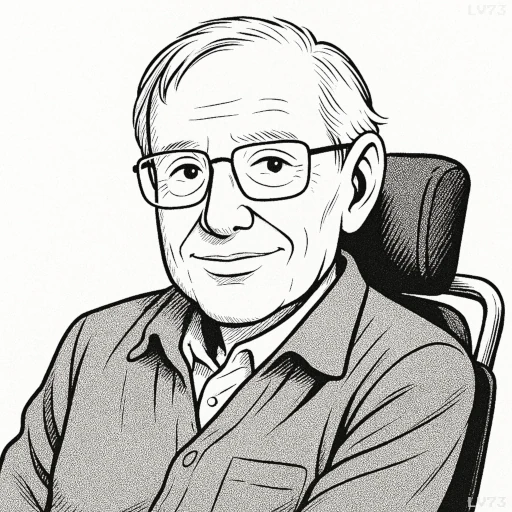“The Planck satellite may detect the imprint of the gravitational waves predicted by inflation. This would be quantum gravity written across the sky.”

- January 8, 1942 – March 14, 2018
- British
- Theoretical physicist, science writer
table of contents
Quote
“The Planck satellite may detect the imprint of the gravitational waves predicted by inflation. This would be quantum gravity written across the sky.”
Explanation
In this quote, Stephen Hawking refers to the potential detection of gravitational waves by the Planck satellite, which was designed to measure the cosmic microwave background radiation (CMB). The CMB is the afterglow of the Big Bang, and its study has provided crucial insights into the early history of the universe. One of the predictions made by the theory of cosmic inflation—a rapid expansion of the universe in the first fraction of a second—is that it would leave behind gravitational waves, ripples in the fabric of spacetime caused by extreme conditions in the early universe.
Gravitational waves are fluctuations in spacetime itself, first predicted by Albert Einstein in his general theory of relativity. Inflationary theory suggests that the rapid expansion of the universe would generate these waves, and they could imprint on the CMB as patterns that would be detectable by satellites like Planck. If detected, these waves would provide direct evidence of quantum gravitational effects occurring at the very birth of the universe, offering a glimpse into the quantum nature of gravity—an area where modern physics still faces significant challenges.
The phrase “quantum gravity written across the sky” encapsulates the idea that the early universe, with its extreme conditions governed by both quantum mechanics and general relativity, left a record that might now be observable in the cosmic background radiation. This detection would represent a major breakthrough in theoretical physics, as it would bring us closer to a unified theory of quantum gravity, an elusive goal that seeks to merge quantum mechanics and general relativity into a single framework. It would also provide insights into the very origins of the universe and how the large-scale structure of spacetime itself behaves at its most fundamental level.
Would you like to share your impressions or related stories about this quote in the comments section?
